What's New
Displaying results 421 - 430 of 4052
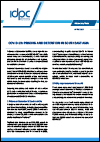
Resource | Publications,
Ensuring the safety and health of both prison staff, and people deprived of liberty, requires urgent action to reduce the risks and consequences of widespread COVID-19 infection. This advocacy note makes recommendations for reducing such risks and consequences, including by early release from, and suspension of arrests and admission into, prions, jails and other detention settings including drug rehabilitation centres in Southeast Asia.
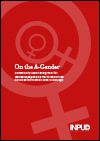
Resource | Publications,
The On the A-Gender: Community Monitoring Tool for Gender-Responsive Harm Reduction Services for Women who use Drugs aims to be a resource for community advocates to begin documenting, evidencing, and addressing this state of play. By doing so, community advocates can begin to identify areas and locales where gender-responsive services are severely lacking or identify services and programmes that can provide examples of good practice and be scaled up. The tool acknowledges the diversity and intersectionality of women who use drugs — including sex workers, lesbian and transwomen.
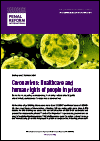
Resource | Publications,
While legitimate measures in times of such an emergency are needed to prevent further outbreaks of COVID-19 in prisons, authorities need to ensure human rights are respected. In such anxious times it is even more pertinent that people are not cut off from the outside world, they do not end up in solitary confinement, and most of all they have access to information and adequate healthcare provision – equal of that available in the community.
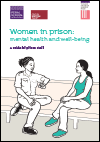
Resource | Guidelines,
This guide is written to help understand how life in prison can affect a person’s mental health, with a focus on women. It describes how to recognise the signs of poor mental health and how best to respond. The guide aims to break down the stigma and discrimination attached to poor mental health, especially for women in prison.
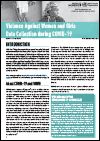
Resource | Publications,
This brief paper summarizes principles and recommendations to those planning to embark on data collection on the impact of COVID-19 on violence against women and girls. It was informed by the needs and challenges identified by colleagues in regional and country offices and has benefited from their input. It responds to the difficulties to adhere to methodological, ethical and safety principles in the context of the physical distancing and staying at home measures imposed in many countries.
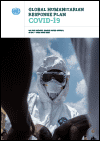
Resource | Publications,
The world is only as strong as the weakest health system. This COVID-19 Global Humanitarian Response Plan aims to enable us to fight the virus in the world’s poorest countries, and address the needs of the most vulnerable people, especially women and children, older people, and those with disabilities or chronic illness.
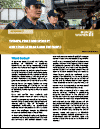
Resource | Publications,
Crisis and conflict have profound and disproportionate impacts on women and girls, amplifying pre-existing inequalities. In wartime, women and girls experience a lack of food and housing security, loss of livelihoods, a heightened vulnerability to gender-based violence, and an increased burden of unpaid care work. The challenges brought by COVID-19 threaten to replicate these vulnerabilities.
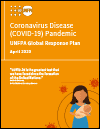
Resource | Publications,
The COVID-19 pandemic constitutes the largest global public health crisis in a century, with daunting health and socioeconomic challenges. As the UN Secretary-General ' noted, this “is the greatest test that we have faced since the formation of the United Nations”. Governments are taking unprecedented measures to limit the spread of the virus, ramping up health systems and restricting the movement of millions. The pandemic has already severely disrupted access to life-saving sexual and reproductive health services. It is worsening existing inequalities for women and girls, and deepening discrimination against other marginalized groups.
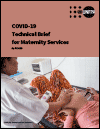
Resource | Publications,
Limited data are available on COVID-19 in pregnancy, but the studies published to date do not show an increased risk of severe disease in late pregnancy or substantial risk to the newborn. Congenital infection has not been found, and the virus has not been detected in expelled products of conception.
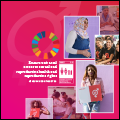
Resource | Publications,
The Sustainable Development Goals (SDG) Framework marks huge progress in addressing women’s reproductive rights. For the first time, an international development framework includes not only targets on sexual and reproductive health services but also targets that address the barriers and human rights-based dimensions of sexual and reproductive health and reproductive rights, through SDG target 5.6. The target is measured by two indicators — Indicators 5.6.1 and 5.6.2.





